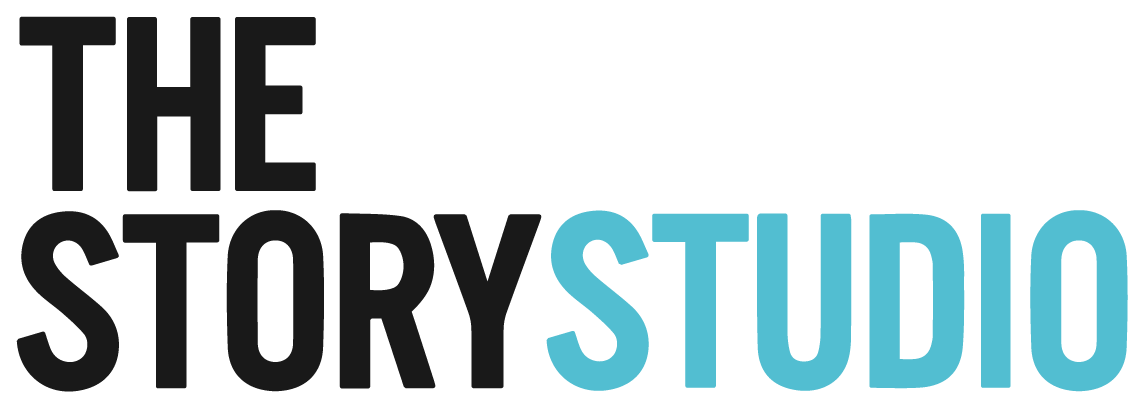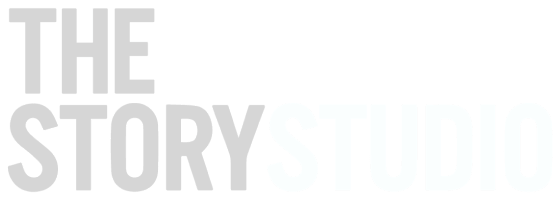Content Strategy Tips for Online Learning Programs
Online education, whether at the K-12 or university levels, is here to stay. Even as the world around us is more open than ever since the start of the pandemic, universities will keep online programs as an option, while some courses or studies are moving almost entirely online.
The benefits of online leaning are well-known, and they all orbit one buzzworthy aspect: accessibility. From convenience to cost-effectiveness to flexibility, online learning’s biggest asset is the access it provides to people who may have had challenges receiving educational resources in the past. Accessibility also dovetails with the mission statements of many educational institutions. It stands to reason then that if your school’s mission is to make quality education available to anyone with accessibility or learning differences, it’s important to make your native marketing content accessible, too.
But how does one do that? Here are some tips on addressing online learning in educational marketing strategy.
Read more: Researching Schools Happens Mostly Online. Content Strategies to Make Yours Stand Out
Address the Pros and Cons of Online Learning
Many parents are skeptical of online learning because their only experience with it often stems from having their hyperactive six-year-old suddenly “learning from home” for two years. Crafting native advertising content that accurately addresses these concerns while expounding on the potential benefits can go a long way toward assuaging their skepticism. Be honest. Yes, there are notable barriers inherent to online learning — like internet access and the ability to self-motivate – but it offers plenty of benefits, especially to certain students.
Double Down on the Benefits
Accessibility may be a buzzword in today’s marketing landscape, but it contains two equally important indications. Access is the precursor to equity, which is a hot topic in education. Ensuring your programs are equitable to your potential student base depends largely on who has access to them. Online learning expands the potential student pool, which is the second important indication of access. Rural areas now have more educational options for K-12. Working adults no longer must relocate to pursue their education. Online learning has leveled the playing field of geography, simultaneously expanding access and the size of your marketing audience. This is a win-win. The larger the audience, the more opportunity for matriculation, the better the outcomes for students and schools.
Identify Appropriate Candidates
Online learning is not for everyone. As much as it improves access, there can be barriers. Spelling out whom virtual learning can benefit is vital in native content. Online learning demands a level of self-motivation, discipline, independence, and tech savviness that traditional in-person education may not. Yet many programs are addressing the shortfalls of online learning, increasing services that can mitigate some of these concerns. Still, the question remains: Who is best served by online learning? Answering that question in your marketing materials will add credibility to your program.
Whether or not your institution revolves around online learning, by now, most offer some form of virtual education. The prevalence of such learning and its expanding popularity make it top of mind for many who are searching for their next educational opportunity and a topic worth addressing in a school’s marketing materials. For schools pivoting to more immersive online experiences, highlighting the pros and cons of online learning will help parents and students make the best decisions for their futures.


